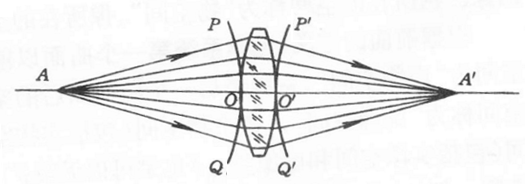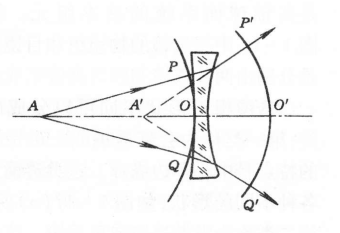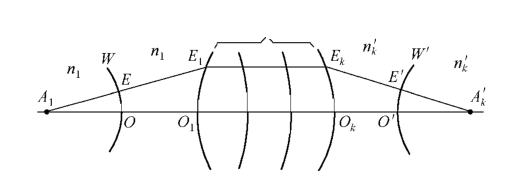Optical imaging systems are the backbone of many technological advancements, from microscopes and telescopes to cameras and video cameras. These systems rely on the principles of light propagation and wavefronts to observe and capture images of objects, whether they are small, distant, or in motion. At the heart of these systems are optical elements, such as lenses, which manipulate light to produce clear and detailed images.
The Basics of Optical Systems
An optical system typically consists of one or more optical elements, each made from a medium with a specific refractive index. These elements are surrounded by surfaces that can be spherical, planar, or aspherical in shape. When the centers of surface curvature of all optical elements lie on the same straight line, the system is referred to as a coaxial optical system, and this straight line is known as the optical axis.
There are also non-coaxial optical systems, such as spectrometers that include dispersive prisms or gratings. These systems deviate from the standard coaxial arrangement but are essential for specific applications in spectroscopy.
Converging and Diverging Lenses
Lenses are the fundamental units of coaxial spherical systems. They are classified into two main categories based on their shape:
Converging Lenses (Positive Lenses): These lenses are thicker in the middle and thinner at the edges. When a concentric beam of light passes through a converging lens, the central part of the beam propagates more slowly than the edges. This causes the wavefront to bend, and the entire beam converges towards the optical axis, hence the name "converging" lens. The intersection point of the outgoing rays forms the image point, which is a real image.

Diverging Lenses (Negative Lenses): In contrast, diverging lenses are thinner in the middle and thicker at the edges. The central part of the beam propagates faster than the edges, causing the wavefront to bend in the opposite direction and the light to diverge. The extension lines of the outgoing rays intersect at a point behind the lens, forming a virtual image.

Coaxial Optical Systems and Perfect Imaging
In a coaxial optical system, the goal is to achieve perfect imaging, where the incident wavefront is a spherical wave, and the outgoing wavefront is also a spherical wave centered on the image point. This ensures that all rays from the object point converge to form a clear and undistorted image.

The concept of object space and image space is crucial in understanding optical systems. Object space includes both real and virtual objects, while image space includes both real and virtual images. The refractive indices of these spaces are determined by the media in which the light propagates, whether it is in front of or behind the optical system.
Bena Optics is at the forefront of developing advanced optical systems that leverage the principles of converging and diverging lenses. Their innovative products are designed to deliver high-quality imaging solutions for a wide range of applications, from scientific research to consumer electronics. By understanding the fundamental principles of optical imaging, Bena Optics continues to push the boundaries of what is possible in the field of optics.
Optical imaging systems are a fascinating blend of physics and engineering, enabling us to observe and capture the world around us with unparalleled clarity. From the basic units of lenses to the complex arrangements of coaxial optical systems, each component plays a vital role in the overall functioning of optical instruments. By exploring the world of converging and diverging lenses, we gain a deeper appreciation for the technological marvels that Bena Optics creates, enhancing our understanding and experience of light and imaging.